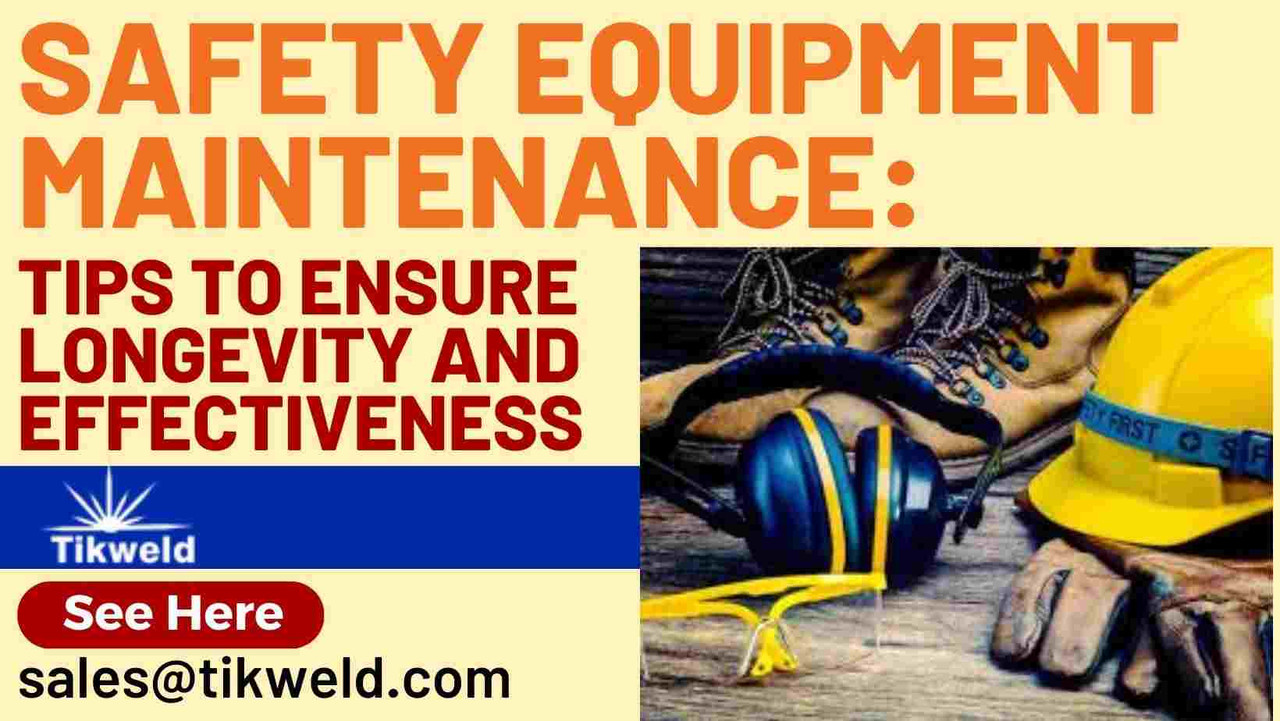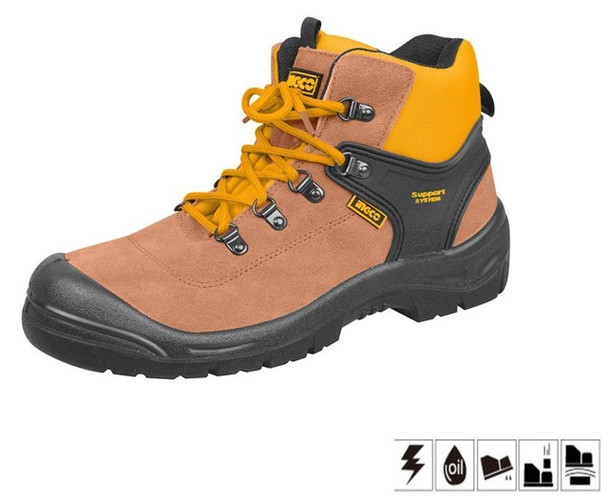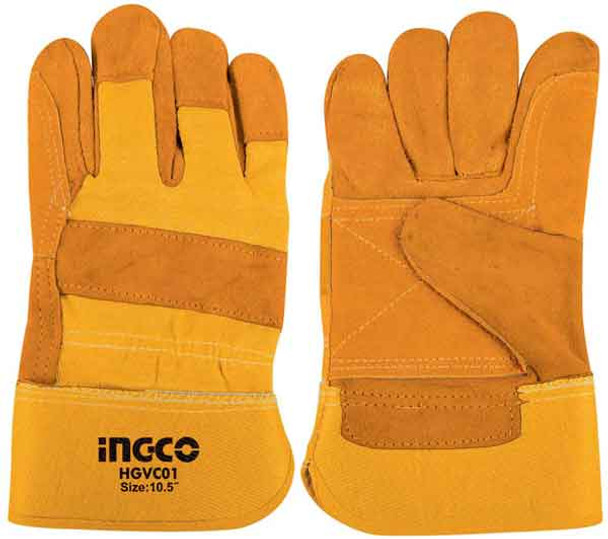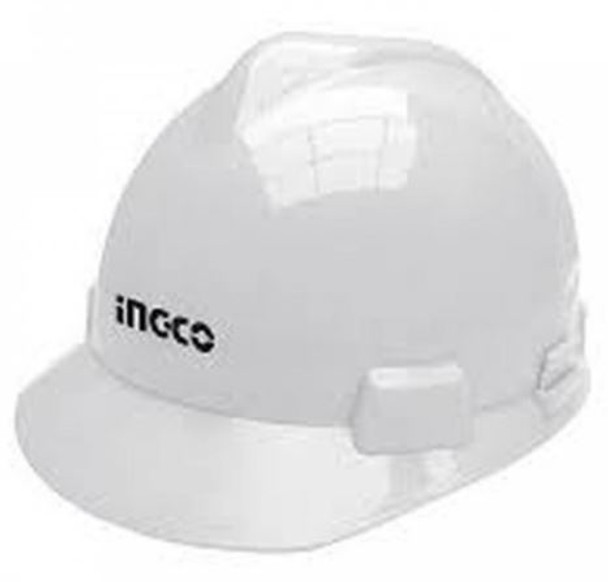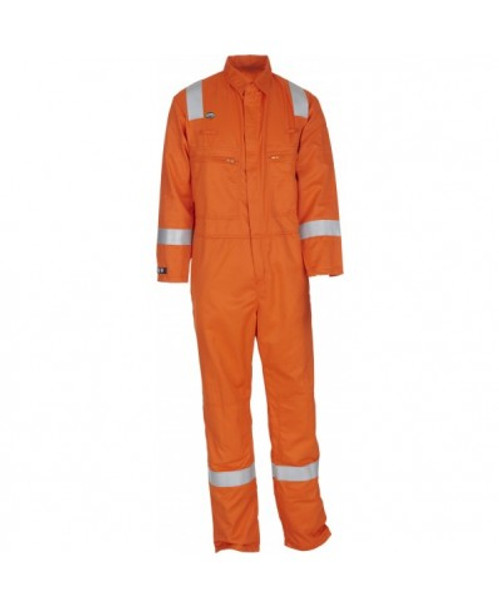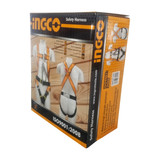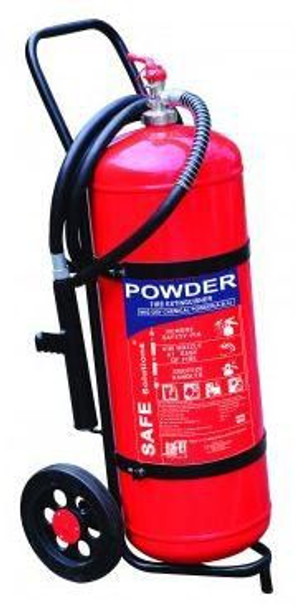Safety Equipment Maintenance: Tips to Ensure Longevity and Effectiveness
Key Takeaway
Safety equipment plays an indispensable role in safeguarding human lives and ensuring the smooth functioning of various industries and environments. Whether it's the helmets and gloves worn by construction workers, the intricate safety systems in a chemical plant, or the smoke detectors in our homes, safety equipment is an integral part of our daily lives. However, merely having safety equipment in place is not enough; ensuring its longevity and effectiveness is equally crucial.
Safety Boot (Shoe) INGCO (SSH02S1P.39)
Introduction
In an ever-evolving world where safety is paramount, the maintenance of safety equipment stands as a crucial pillar in ensuring the well-being of individuals and the smooth operation of various industries. Whether it's the protective gear worn by first responders, the safety systems in a manufacturing facility, or even the childproof locks in our homes, the longevity and effectiveness of safety equipment are non-negotiable.
Safety equipment maintenance is the process of inspecting, cleaning, repairing, and testing safety devices and gear to ensure they remain in optimal working condition. It encompasses a wide range of equipment, including personal protective gear (PPE), industrial safety systems, and various home safety devices. The importance of maintenance cannot be overstated, as it directly correlates with the well-being and security of individuals, the adherence to legal and regulatory standards, and cost-efficiency.
When it comes to safety equipment maintenance, a few key tips stand out as paramount in ensuring both longevity and effectiveness. Firstly, regular inspection and assessment are essential. Periodic checks for signs of wear and tear can help identify potential issues before they become critical, ensuring that safety equipment remains in top-notch condition. Cleaning and sanitizing play an integral role, too. Proper cleaning methods and hygiene measures not only prolong the lifespan of equipment but also prevent contamination and maintain the equipment's effectiveness. Furthermore, timely repair and replacement of damaged components are crucial to guarantee that safety equipment functions as intended. Regular calibration and testing are equally important, as they ensure that the equipment remains accurate and reliable. By adhering to these maintenance tips, individuals and organizations can be confident in the durability and effectiveness of their safety equipment, ultimately upholding their commitment to safety and well-being.
The primary purpose of safety equipment is to protect individuals from harm, whether in high-risk industrial environments, healthcare settings, or everyday situations. By regularly maintaining safety equipment, we reduce the risk of accidents, injuries, and even fatalities. Safety equipment that is well-maintained operates reliably and as intended, providing the crucial protection that people rely on. Neglecting maintenance can lead to malfunctioning equipment, which in turn can result in catastrophic consequences, both for individuals and the organizations responsible for their safety.
This guide aims to shed light on the essential tips and best practices for maintaining safety equipment, ensuring that it remains in top-notch condition, ready to serve its life-saving purpose when called upon. So, let's embark on a journey through the world of safety equipment maintenance, uncovering the keys to its longevity and effectiveness.
Cow Split leather gloves - INGCO HGVC01
Types of Safety Equipment
Ensuring a safe environment involves the strategic implementation of various safety equipment, each serving a unique purpose. Here's a breakdown of the key categories:
A. Personal Protective Equipment (PPE):
Personal protective equipment constitutes the frontline defense for individuals in various industries. This includes items such as helmets, safety glasses, gloves, footwear, and more. PPE is designed to safeguard against specific workplace hazards, ensuring that workers are adequately protected while performing their duties.
B. Industrial Safety Systems:
Industrial settings demand comprehensive safety systems to protect both personnel and assets. This category encompasses a wide range of equipment, from fire suppression systems and emergency alarms to gas detection systems. These systems are crucial for detecting and responding to potential threats, minimizing risks and ensuring a swift and effective response in emergencies
C. Home Safety Devices:
Safety isn't confined to the workplace; it extends to homes where various devices contribute to the well-being of individuals and families. Smoke detectors, carbon monoxide alarms, first aid kits, and fire extinguishers are examples of safety equipment commonly found in homes. These devices play a crucial role in preventing accidents and responding promptly to emergencies.
INGCO Safety Helmet HSH09
Essential Safety Equipment Maintenance Tips
Proper maintenance is the cornerstone of safety equipment efficacy. Implementing a systematic approach to inspection, cleaning, repair, and testing is vital for ensuring the longevity and effectiveness of safety gear. Here's a detailed guide:
Inspection and Assessment
Regular Checks:
Conduct routine inspections to identify any signs of damage, malfunction, or wear. Regularity in checks is key to catching potential issues early.
Signs of Wear and Tear:
Educate yourself and your team on recognizing signs of wear and tear, including frayed straps, dents, or faded labels. Addressing these issues promptly is essential for maintaining safety standards.
Cleaning and Sanitizing
Proper Cleaning Methods:
Adhere to manufacturer guidelines for cleaning each type of safety equipment. Some may require specialized cleaning agents, while others may need gentle wiping with a damp cloth.
Hygiene and Decontamination
For personal protective equipment, especially in healthcare or hazardous environments, ensure thorough decontamination and hygiene practices to prevent cross-contamination.
Flame Retardant Coverall Hellog
Repair and Replacement
Identifying Damaged Components:
Train personnel to recognize damaged components that compromise the equipment's integrity. Whether it's a cracked hard hat or a torn harness, prompt identification is crucial.
Timely Repairs and Replacements:
Establish a protocol for immediate repairs or replacements when damage is detected. Never compromise on using compromised safety equipment.
Calibration and Testing
Ensuring Accurate Functioning:
For safety devices with calibration needs, adhere to the recommended schedules. Calibration ensures accurate readings and responses in critical situations.
Periodic Testing Requirements:
Follow the manufacturer's guidelines for periodic testing. This ensures that safety equipment functions as intended during emergencies, preventing potential hazards.
Implementing these maintenance tips ensures that safety equipment remains reliable, providing optimum protection when needed. Regular assessments and adherence to maintenance protocols contribute significantly to a safe and secure working environment.
Ingco Safety Harness Full Body Protection Kit 50mm HSH501502
Safety Equipment Maintenance by Application
Safety equipment maintenance isn't a one-size-fits-all endeavor. Different applications demand specific attention to ensure the functionality of safety gear tailored to unique environments. Here's a breakdown:
First Responders and Medical Professionals
Protective Clothing and Gear:
Regularly inspect and clean protective clothing used by first responders and medical professionals. Ensure that items like hazmat suits, gloves, and masks are free from tears or contamination.
Medical Equipment Calibration:
Devices used in medical settings, such as respirators and monitors, should undergo regular calibration. This ensures accurate readings and responses during critical situations.
INGCO Safety Goggle HSG02
Industrial and Manufacturing Settings
Machinery Safety Systems
In industrial settings, focus on the maintenance of safety systems integrated into machinery. Regular checks of emergency shut-off systems, warning alarms, and safety guards are crucial.
Personal Protective Equipment (PPE):
This includes regular inspections of hard hats, safety harnesses, gloves, and eye protection. Manufacturing environments may expose PPE to harsh conditions, necessitating more frequent checks.
Home and Family Safety
Smoke and Carbon Monoxide Detectors:
Test and replace batteries in smoke and carbon monoxide detectors according to manufacturer recommendations. Regularly check functionality to ensure they provide early warnings.
DCP 25kg Fire Extinguisher
Child Safety Equipment:
For families, inspect and maintain safety equipment like baby gates, cabinet locks, and car seats. Regularly assess their condition and replace any worn-out or damaged components.
Tailoring maintenance practices based on the specific needs of each application ensures that safety equipment remains reliable and effective in diverse environments. This approach contributes to the overall safety and well-being of individuals in various settings.
Frequently Asked Questions
Q1 What are the protection and safety of welding?
To protect your neck, put on long sleeve shirts with collars and buttoned cuffs. Light reflection is impeded by dark hues. Closure of shirt pockets should be taped to prevent sparks or hot metal from getting inside, or covered with flaps. Cuffs on the pants legs must not show, and they must cover the tops of the boots.
Q2 What is the main tool for welding?
The welding machine, which is the main instrument a welder uses to fuse materials, is the most crucial tool in their toolkit. These devices, also referred to as welding guns and welders, supply the energy and components needed to produce the heat necessary to melt materials.
Q3 Where can I buy PPE?
It all depends on the type of PPE you are looking for. Pharmacies, medical supply stores and internet industrial supply retailers sell PPE.
Related Article;
Safety Equipment in Nigeria 2023 Reviews
Buy Your Fall Protection Equipment
Conclusion
Safety equipment shields us from potential harm in various spheres. However, their effectiveness is tied to the diligence we exhibit in maintaining them. The importance of regular inspections, cleaning, repairs, and testing cannot be overstated. These practices are the keystones to ensuring that helmets, harnesses, detectors, and other safety essentials remain not just functional but effective. For first responders, it means the assurance of reliable gear during critical missions. In industrial settings, it translates to the protection of the workforce and the seamless operation of safety protocols. At home, this means keeping our family safe.
We all have a role to play in keeping safety equipment well maintained. We need to be aware of the importance of regular maintenance and make it part of our routine. Also, as we plan for the future, we need to keep improving safety equipment with new designs, education, and cooperation.
Manufacturers should make products that can handle different environments. Educational programs should teach us how to maintain them properly, and communities should work together to make safety a common goal. This way, safety equipment becomes more than just a tool but a sign of our shared dedication to a safer and more secure future. A future where maintenance is not just something we do but something we believe in that guides our actions in our workplaces, homes, and communities.

